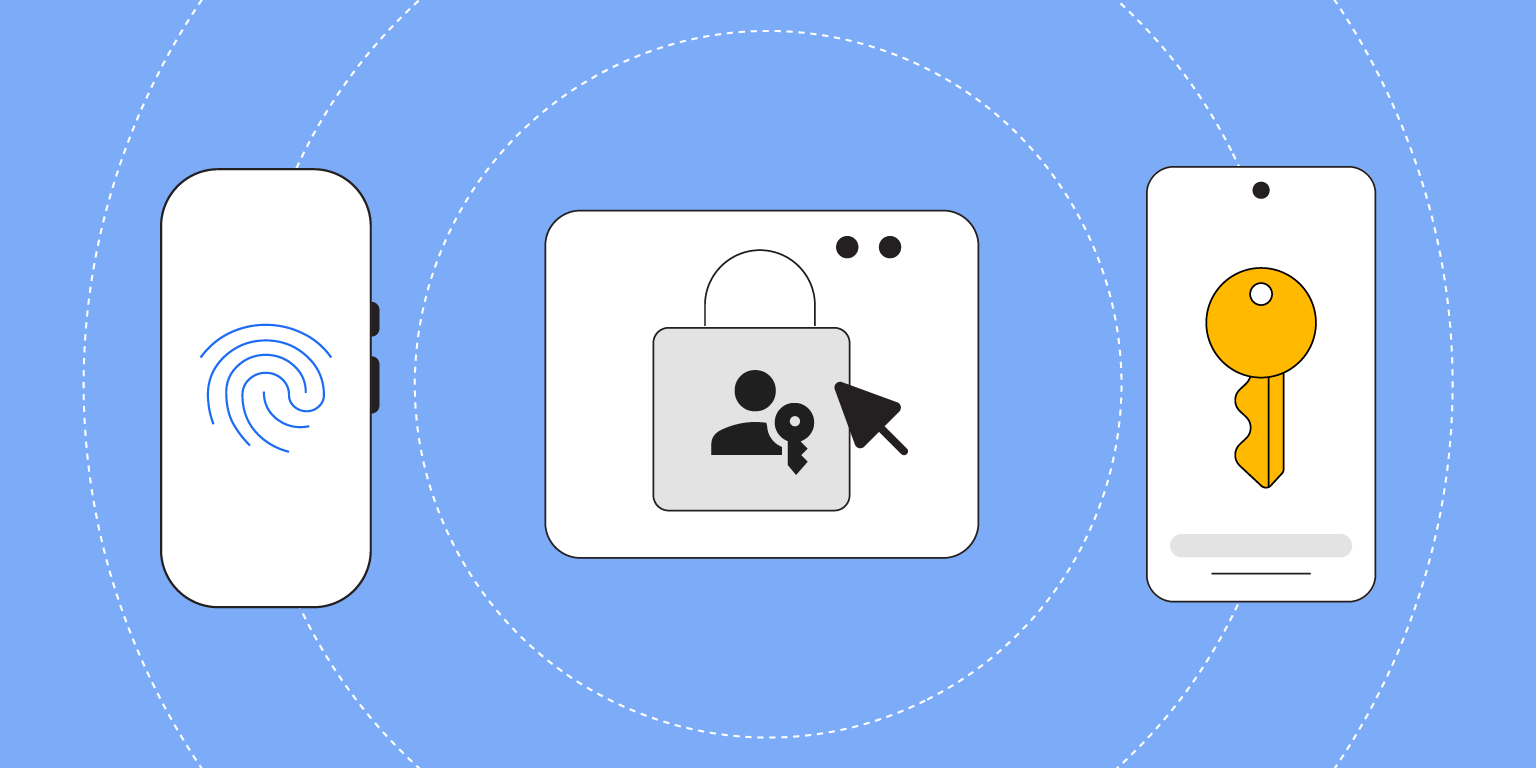 ☰
🔍
☰
🔍
25 Ekim 2023
 Posted by Diego Zavala, Product Manager
Posted by Diego Zavala, Product Manager

We are excited to announce that the public release of Credential Manager will be available starting on November 1st. Credential Manager brings the future of authentication to Android, simplifying how users sign in to their apps and websites, and at the same time, making it more secure.
Signing in can be challenging - passwords are widely used, and often forgotten. They are reused, phished, and washed, making them less secure. Furthermore, there is a proliferation of ways to log in to apps; passwords, email links, OTP, ‘Sign in with…’, and users carry the burden of remembering what to use where. And for developers, this adds complexity - they need to support multiple sign-in methods, increasing integration and maintenance costs.
To address this, Android is rolling out Credential Manager, which brings support for passkeys, a new passwordless authentication, together with traditional sign-in methods, such as passwords and federated identity, in a unified interface.
Let’s take a look at how it can help make users’ and developers’ lives easier.
Passkeys are the future of online authentication - they are more secure and convenient than passwords. With a passkey, signing in is as simple as selecting the right account and confirming with a device face scan, fingerprint or PIN - that’s it. No need to manually type username or passwords, copy-paste a one-time code from SMS, or tap a link in an email inbox. This has resulted in apps reducing the sign-in time by 50% when they implemented passkeys. Logging in with passkeys is also more secure, as they provide phishing-resistant protection.

Several apps are already integrated with Credential Manager and support passkeys, including Uber and Whatsapp.
“Passkeys add an additional layer of security for WhatsApp users. Simplifying the way users can securely get into their account will help our users, which is why the Credential Manager API is so important.” – Nitin Gupta, Head of Engineering, WhatsApp
“At Uber, we are relentless in our push to create magical experiences without compromising user safety. Passkeys simplify the user experience and promote accessibility, while enhancing the security that comes from reducing the dependency on traditional passwords. Ultimately this is a win-win for Uber and Uber’s customers.The Credential Manager offers a developer-friendly suite of APIs that enable seamless integration with our apps, eliminating concerns about device fragmentation. We’ve seen great results from launching passkeys across our apps and encourage all users to adopt passkeys.”– Ramsin Betyousef, Sr. Director of Engineering at Uber
Users often end up with different sign-in methods for the same account - they may use a password on their phone, and a “Sign in with…” on a browser, and then be offered a passkey on their desktop. To simplify users’ lives, Credential Manager lets them choose the account they want, and use smart defaults to pick the best technology to do it (e.g. a passkey, password, or federated identity). That way, users don’t need to think whether they want to sign-in with a password or a passkey; they just choose the account, and they are in.
Let’s take a look at how it works. Imagine that Elisa has 2 accounts on the Shrine app
To facilitate her experience, Credential Manager shows her 2 accounts and that’s it. Credential Manager uses a password for her family account and a passkey for her personal account (because it’s simpler and safer). Elisa doesn’t need to think about it.

One of the reasons why users prefer Android is because they are able to customize their experience. In the case of authentication, some users prefer to use the password manager that’s shipped with their device, and others prefer to use a different one. Credential Manager gives users the ability to do so, by being open to any credential provider and allowing multiple enabled at the same time.

Several leading credential providers already integrated with Credential Manager.
"We're at an inflection point in the history of authentication as passkeys represent the perfect balance between ease and security. Since 1Password launched support for passkeys earlier this year, we’ve had over 230,000 passkeys created and see thousands added each day. The data indicates strong user demand but we must continue to prioritize support for apps and services, making it simpler for developers to integrate passkey authentication." – Anna Pobletts, Head of Passwordless at 1Password
“At Enpass, we quickly recognized the potential of passkeys. Thanks to the Android Credential Manager framework, Enpass is fully prepared to serve as a passkey provider for Android 14. This integration empowers our customers to embrace a secure alternative to traditional passwords wherever it's available.” – Vinod Kumar, Chief Technology Officer at Enpass.
To get started, take a look at the resources below: